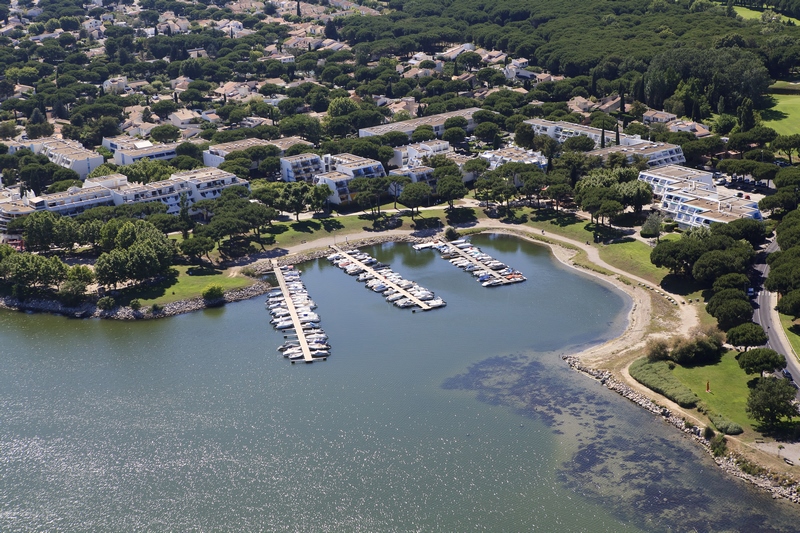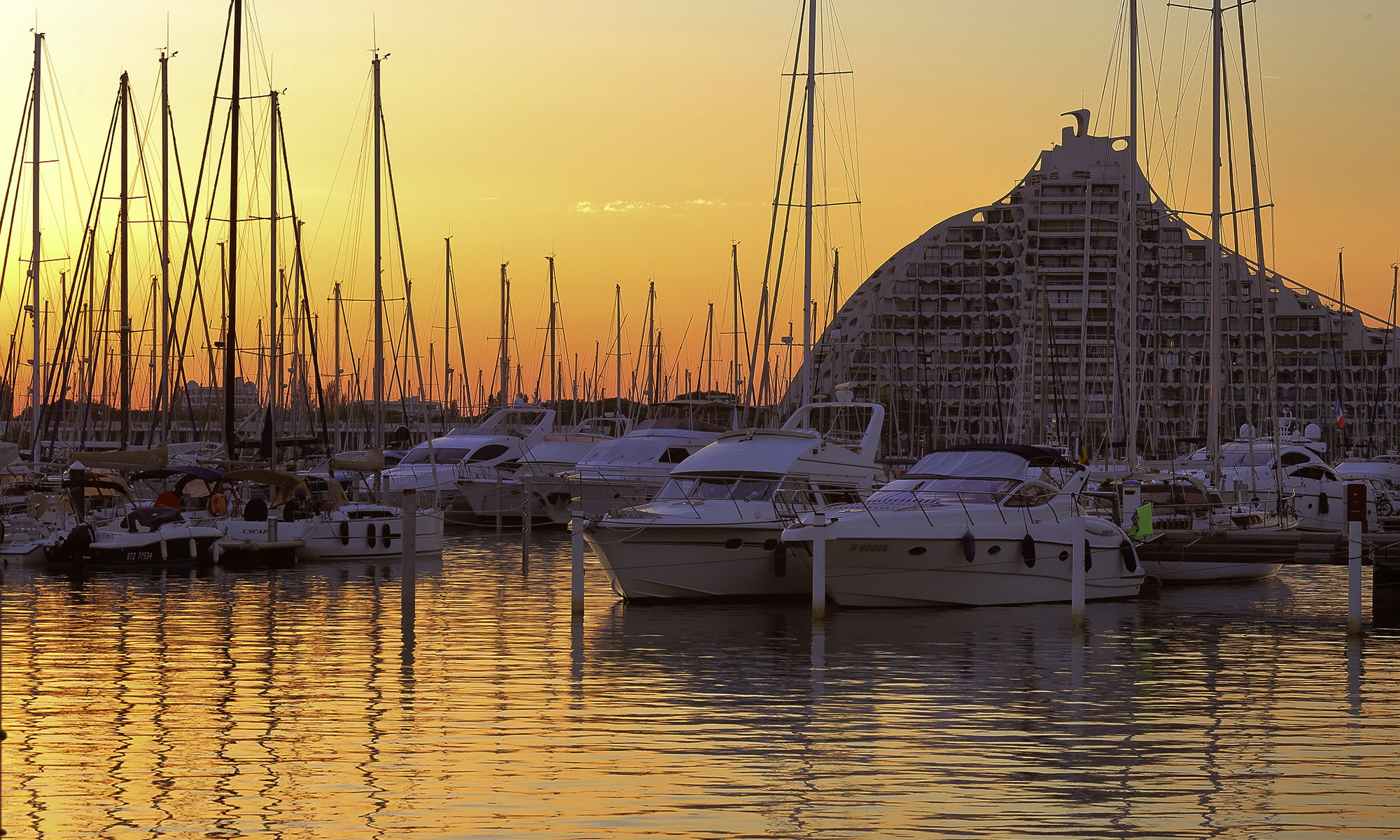6 - Le Ponant

This is where the seaside resort was soon to pop out of Jean Balladur's imagination and rise up out of the ground. But in order to start building, the land first had to be raised higher up. And Le Ponant played an important role in this matter. René Vétillart was district engineer of Ponts et Chaussées and, as a member of Jean Balladur's team, he participated in the construction of the Grande Motte.
"The resort needed embankments and a coastal road because the road connecting Carnon to La Grande Motte lay right at sea-level. These requirements translated into the need for 6 million cubic metres of earth, of which 5 were for La Grande Motte. And to obtain this, we dredged the pond of Le Ponant, taking out 5 million cubic metres, and the harbour, which gave us 1 million cubic metres. Le Ponant was the source of our material. It happens to be a former branch of the Rhone which served as spillway for the flooding of the Vidourle. It was therefore filled with fine sand, and that was our reserve.
This piece of luck for us is what allowed us to make the embankments of La Grande Motte. It would have been hard, if not impossible, to do the operation without embankments."
So, in a way, Le Ponant is the foundation of La Grande Motte. Step by step, the vast marshes were developed to form a district that stands out from the rest of the city.
Lush vegetation has sprouted between the buildings, turning the neighbourhood into a cool, green oasis.
The VVF, an iconic part of Le Ponant, was built on a peninsula. This holiday village was a place of social tourism aimed at the middle classes. It was one of the first construction sites in the resort, as early as 1968: agiant project that sculptors Michèle Goalard and Albert Marchais turned their hands to. Ever faithful to Jean Balladur, these collaborating artists livened up the holiday village with their Corten steel sculptures, fountains and playgrounds. They also created the emblematic figure of "Le Guetteur" (the watchman) at the centre of the peninsula.
Today, the VVF is a Bélambra holiday village.
Tourism facilities in Le Ponant have therefore grown considerably. Holidaymakers can now enjoy a host of different activities: golf, water-park, wildlife discovery walks, not to mention, of course, a great multitude of watersports...
Discover the other points of interest by clicking on their image :




